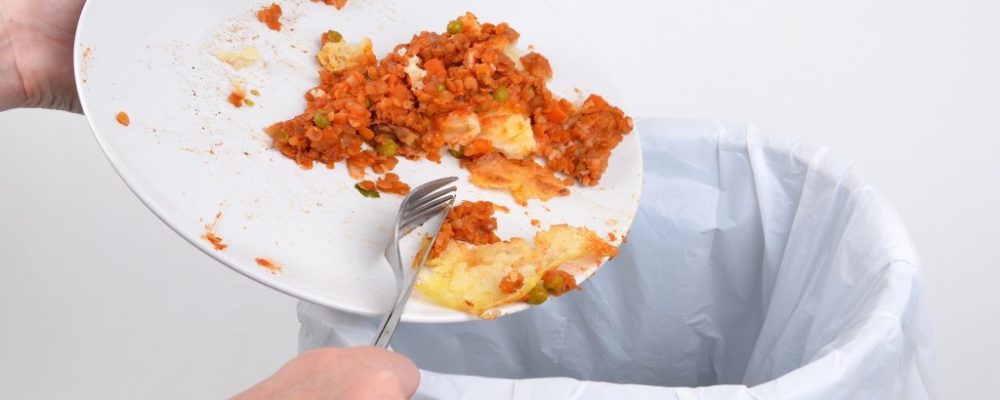Australia is a certified food hub. According to IBISWorld, the restaurant industry grew an average of 3.5% annually between 2013 and 2018. Within this period, it earned over $18 billion. About 24,000 businesses also opened.
Food isn’t the only thing these thousands of restaurants produce, though. They also create tonnes of food waste. Today you’ll learn more about restaurant food waste and why proper management is essential, especially if you’re part of the industry.
How much food waste do Australians produce?
Australians are prominent on food waste. The Department of Environment and Energy revealed that consumers throw an average of 3.1 tonnes of food every year. At the same time, restaurants and industrial companies dispose 2.2 million tonnes. Overall, food waste costs no less than $20 billion annually. Note, though, that the reasons for throwing away food can vary. In restaurants, for example, it can be due to:
- Poor supply chain management
- Presence of pests that contaminate stored food
- Improper cooking techniques
- Presence of contaminants such as dirt or mould
- Malfunctioning appliances (such as refrigerators)
Where do these types of food go?
Food waste usually ends up in the landfill, where nature should be able to decompose them. It doesn’t mean, however, the area there can be used for something else other than its purpose. Many things can end up in the landfill. These can include chemicals, glasses, clothes, furniture, and human and animal waste. They can contaminate the land as well.
How should restaurants dispose of their food waste?

Restaurants have at least two significant concerns when it comes to food waste. It should not end up in the water supply. They also need to throw it at the designated places and avoid disposing grease via their sink. Disposal, though, can be costly. First, the company might have to hire a team that can manage it for them. Second, they would need huge bins, which can carry a high price tag.
One of the practical solutions is a skip bin hire in Sydney. They don’t need to invest money in the purchase and maintenance of these bins. They can also choose to use them only when necessary. Restaurants can also have access to the best materials in the market.
What’s the plan of the Australian government when it comes to food waste?
Australia acknowledges the growing problem of food waste. One of its primary goals is to reduce such waste by at least half by 2030. To implement this initiative, the federal government and the territories are setting aside close to $1.5 million worth of investments.
The government and non-profit sectors are also encouraging a more earth-friendly method of throwing food waste. One of these is converting them into fertilisers or composts. They can then donate their scraps to the local gardens or even make a food garden. This strategy is not only efficient. It also lowers waste disposal costs since they might no longer need to pay for landfill fees.
As the population in Australia grows, the demand for restaurants increases. Food waste, however, doesn’t need to follow the same trend. With both the government and the private sectors working together, it’s possible to decrease this type of trash by half or more soon.

